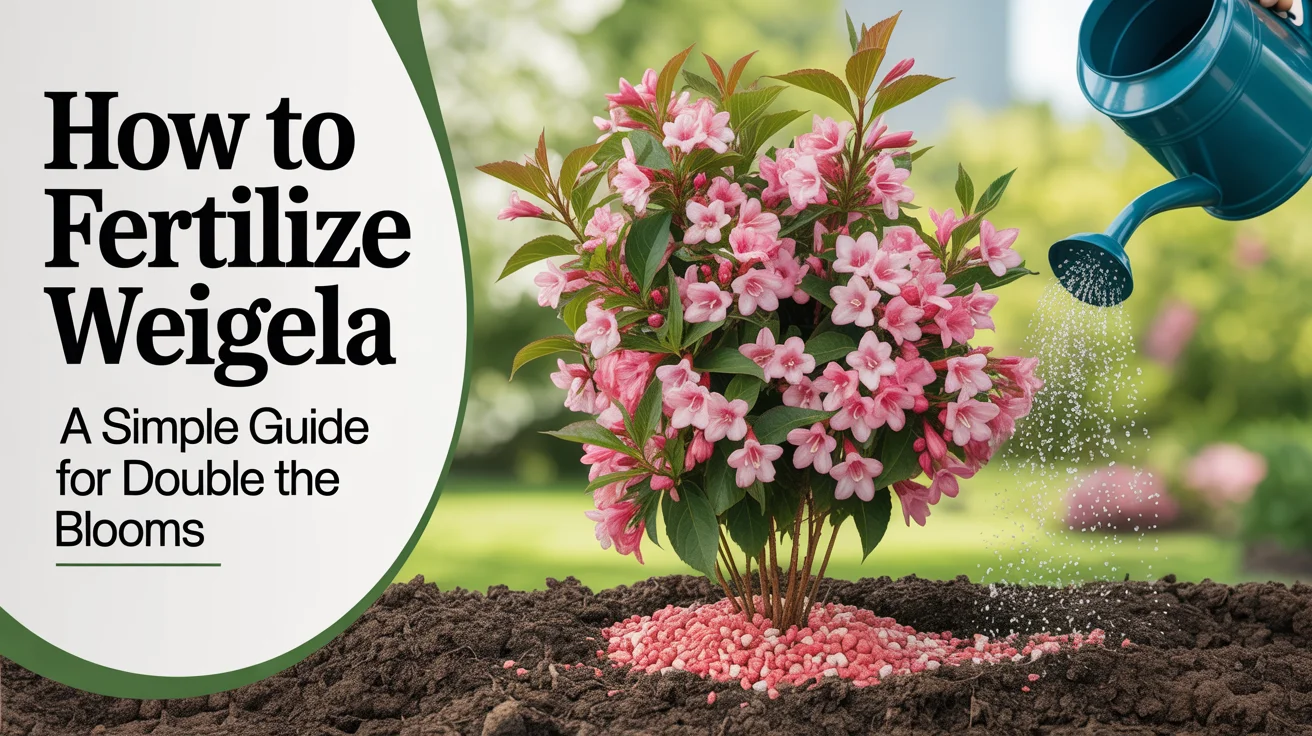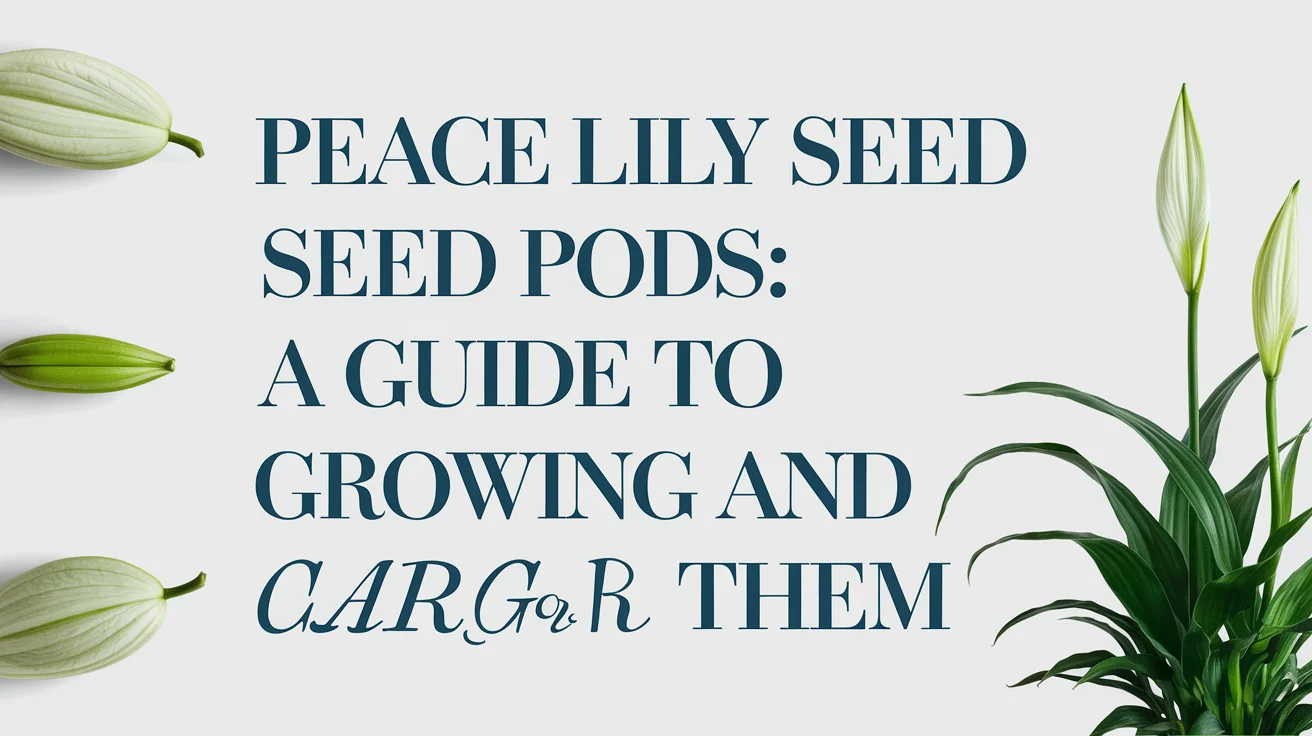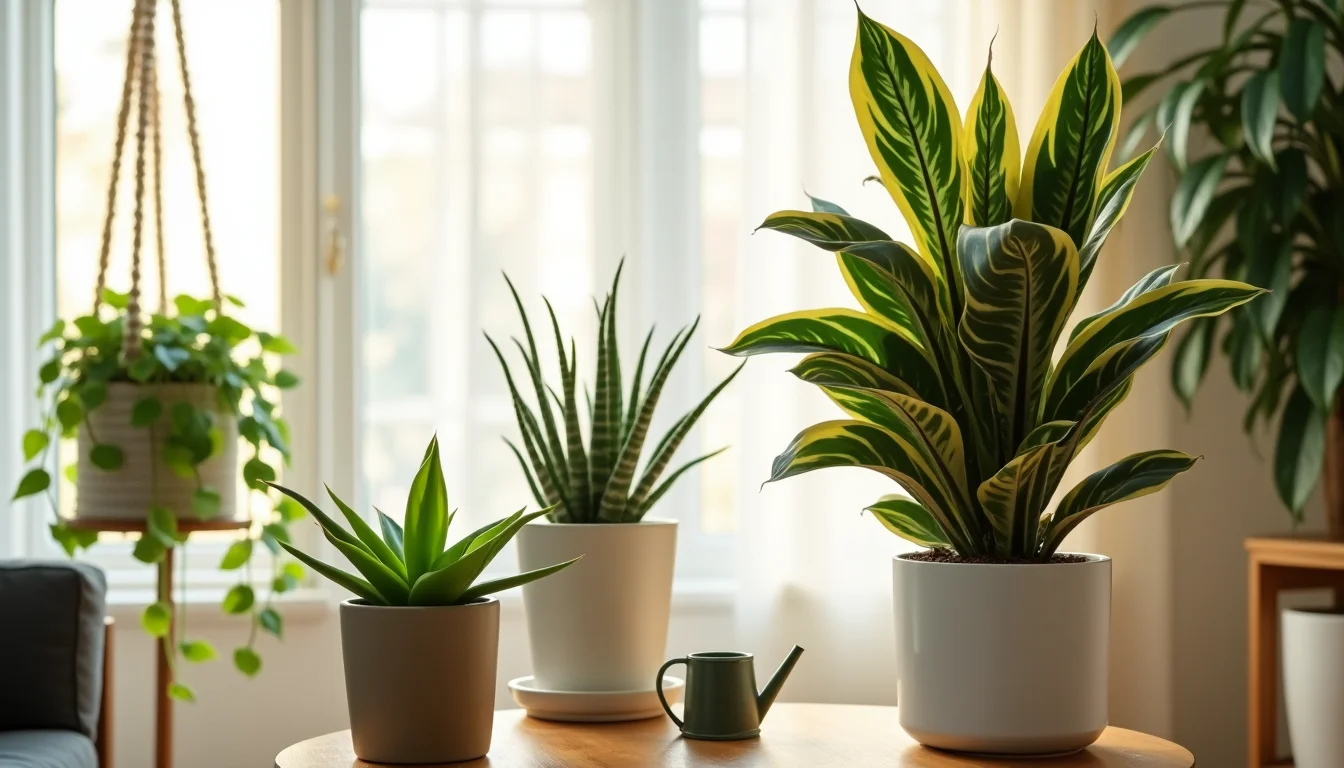One yearly application of the right fertilizer can significantly enhance your weigela’s blooming. This straightforward step will completely transform your garden’s appearance, making it simple and rewarding for you as a home gardener.
These beautiful flowering shrubs don’t need much feeding, but they thrive with proper nutrition, especially young plants. Weigela plants grow 4 to 6 feet tall, depending on the variety. The plants love soil with a pH between 5.5 and 7.5. Many gardeners miss their plants’ full flowering potential because they don’t know the right fertilizer needs.
A balanced slow-release fertilizer like a 10-10-10 formula easily gives the best results. If you prefer, you can use liquid fertilizer three to four times yearly. Start feeding in late April and finish by mid-July. Remember not to use more than one tablespoon of granular fertilizer per foot of height; too much can burn your plants.
This piece covers everything you should know about proper weigela fertilization. You’ll learn to get twice the blooms and grow healthier plants.
Check Soil and Site Conditions First
Understanding and providing the right soil conditions for your weigela plants is crucial for their thriving. This knowledge will empower you as a home gardener, ensuring that you are well-prepared to create a strong foundation for your plants and help fertilizers work more effectively.
Test soil pH and drainage
A soil test shows exactly what your garden needs to grow weigela properly. You can buy a simple soil pH tester from any garden center. These handy tools tell you what you need to know about your soil’s acidity.
Here’s the quickest way to test drainage:
- Dig a hole 12 inches wide by 12 inches deep
- Fill with water and allow to drain
- Refill and time how quickly water dissipates
- Good drainage means water should drop about 1 inch per hour
Sandy soil drains too fast and needs more water. Clay soil with poor drainage might need raised beds. You can also mix in organic matter to stop root rot.
Ideal pH range for weigela
Weigela plants are resilient and adapt well to moderately acidic and slightly alkaline conditions. Their ability to thrive in a pH range between 5.5 and 7.5 makes them more challenging than many other shrubs, giving you the confidence to grow them successfully in your garden.
Based on the pH test, your soil might need some fixes. Add pelletized limestone if it’s too acidic (below 5.5). For alkaline soil (above 7.5), mix in soil sulfur, aluminum sulfate, or chelated iron. Organic compost also helps increase acidity and builds better soil structure.
Sunlight and moisture are needed.
The right amount of sunlight helps weigela employ fertilizer effectively. These plants need 6-8 hours of direct sunlight each day. Full sun gives you the most flowers and the brightest leaves, especially with variegated or purple-leaved types.
Weigela likes soil that stays moist but drains well. New plants need regular water to grow strong roots. Older plants can handle some dry spells, but deep watering during droughts keeps them healthy and ready to use fertilizer.
Hot climates call for some afternoon shade. Your weigela can still bloom plenty with partial shade. Remember that too much shade means fewer flowers, no matter how good your fertilizer is.
Choose the Right Fertilizer
Your weigela plants need the right fertilizer to transform average growth into exceptional flowering. You must have the right soil conditions before you choose from several fertilizer options.
Slow-release vs. liquid fertilizers
Slow-release fertilizers provide nutrients gradually over time. These work perfectly with Weigela’s yearly feeding schedule. The granular products will give a steady supply of nutrients throughout the growing season, making your annual application more effective.
Liquid fertilizers give plants instant access to nutrients. This option needs application three to four times yearly, from late April through mid-July. Liquid fertilizers let you control nutrient delivery precisely and show results faster, though they need more frequent applications.
Liquid fertilizers work better for container-grown weigela because they help control feeding in limited soil space.
Balanced NPK ratios (e.g., 10-10-10)
Fertilizer packages show nitrogen-phosphorus-potassium (NPK) ratio numbers. A balanced 10-10-10 formula comes highly recommended by multiple sources for weigela. This equal mix provides:
- Nitrogen supports lush foliage growth
- Phosphorus encourages vibrant blooms
- Potassium promotes overall plant health and disease resistance
Some experts suggest 14-14-14 as another good option for weigela. To prevent fertilizer burn, application amounts should stay under one tablespoon per foot of plant height.
Organic vs. synthetic options
Organic fertilizers such as compost, well-rotted manure, and commercial organic products boost soil structure while slowly releasing nutrients. These options help develop healthier root systems and improve the soil ecosystem.
Synthetic fertilizers come in granular or liquid forms and deliver quick nutrients. They don’t improve soil quality like organic options, but work well when plants need immediate nutrient support.
Many successful gardeners use both methods. Organic fertilizers build soil health, while synthetic products help during key growth periods. The package instructions deserve careful attention to avoid using too much fertilizer.
How and When to Fertilize Weigela
The right timing makes all the difference in fertilizing your weigela plants. The right application methods and timing will dramatically improve your shrub’s flowering potential and health.
Best time to apply fertilizer
Your weigela needs one fertilizer application yearly in early spring before new growth starts. This timing gives your shrub the nutrition boost it needs right before blooming starts, leading to more flowers throughout the season.
Weigela blooms in spring, so adding fertilizer at the end of winter provides nutrients at the perfect time. A single well-timed application will support healthy growth and flowering all year.
How to apply fertilizer safely
Follow these steps to apply weigela fertilizer:
- Read and follow all package instructions carefully
- Add fertilizer only when foliage is completely dry to avoid burning
- Spread fertilizer evenly around the root zone
- Keep fertilizer 4-6 inches from the stem
- Use one tablespoon of granular fertilizer per foot of plant height
- Don’t let fertilizer touch foliage, branches, or stems
Larger shrubs need fertilizer spread from 6 inches away from the trunk to 6 inches past the drip line for every 2 feet of plant height.
Watering after fertilizing
Water plays a vital role after fertilizer application. If you use granular products, you should water immediately to help the fertilizer soak into the soil. This step helps prevent fertilizer burn when the product touches leaves or branches directly.
Light watering usually does the job. The nutrients will reach the feeder roots in the top 6 inches of soil, where the plant absorbs them best.
Fertilizing potted vs. in-ground plants
In-ground weigela thrives with one spring application of slow-release fertilizer. Potted weigela needs more frequent feeding because of limited soil space and nutrient loss.
Container-grown weigela benefits from spring feeding with half the usual dose, plus a small amount once or twice in summer. Liquid fertilizers are a great choice for container plants and give you better control over nutrient delivery.
Both potted and in-ground plants do well with balanced fertilizers (10-10-10) based on their growing conditions.
Common Mistakes and Pro Tips
Many experienced gardeners make critical mistakes when fertilizing weigela. Learning about these common pitfalls can protect your plants from damage and help them reach their full blooming potential.
Avoiding fertilizer burn
We noticed fertilizer burn happens when granular products touch the foliage or stems. Here’s how you can prevent this damage:
- Apply fertilizer only when foliage is completely dry to stop it from sticking
- Keep at least 4-6 inches of space between fertilizer and stems
- Water right after applying granular products
If you spot early signs of fertilizer burn, flush the soil with water. Look for symptoms like brown leaf edges, wilting even with enough moisture, and yellowing foliage.
How much fertilizer to use
The right amount of fertilizer is vital for weigela. Never use more than one tablespoon per foot of plant height. Extra fertilizer will not produce more flowers; it will reduce the number of blooms.
Bigger plants need fertilizer spread evenly. For every 2 feet of plant height, start 6 inches from the trunk and go 6 inches past the drip line. It helps nutrients reach the feeder roots without harming the plant.
Your plant might be getting too much fertilizer if you see:
- Leaf burn or yellowing
- Growth that looks stunted
- Fewer flowers than usual
Safety gear and label instructions
Before handling chemical fertilizers, you should wear protective gloves and a face mask. This gear protects your skin and lungs from dust and chemical particles.
Product labels are the foundations of safe use; they tell you:
- The right amount for your specific formula
- Best times and how often to apply
- How to store properly
- Ways to handle safely
By doing this, you protect both your plants and the soil ecosystem. Note that weigela plants are light feeders after they’re established. Less fertilizer often works better than too much.
Conclusion
The right fertilizer makes a remarkable difference in your weigela shrubs’ flowering performance and overall health. When you apply it correctly, these beautiful plants thrive with minimal fertilization. A balanced 10-10-10 formula applied once yearly in early spring works wonders. Liquid options give you flexibility if you prefer multiple applications.
Note that your soil’s condition matters as much as the fertilizer. Weigelas respond best to well-draining soil with a pH between 5.5 and 7.5. The plants also need 6-8 hours of sunlight daily to use nutrients effectively and produce spectacular blooms.
The key is to avoid over-fertilizing your plants. Stick to this simple rule: Use no more than 1 tablespoon of granular fertilizer per foot of plant height. This approach prevents fertilizer burn and maximizes flowering potential.
This piece gives you all you need to revolutionize your weigela displays. Your work will pay off with healthier plants and twice the blooms, creating a stunning focal point in your garden. Happy gardening!





